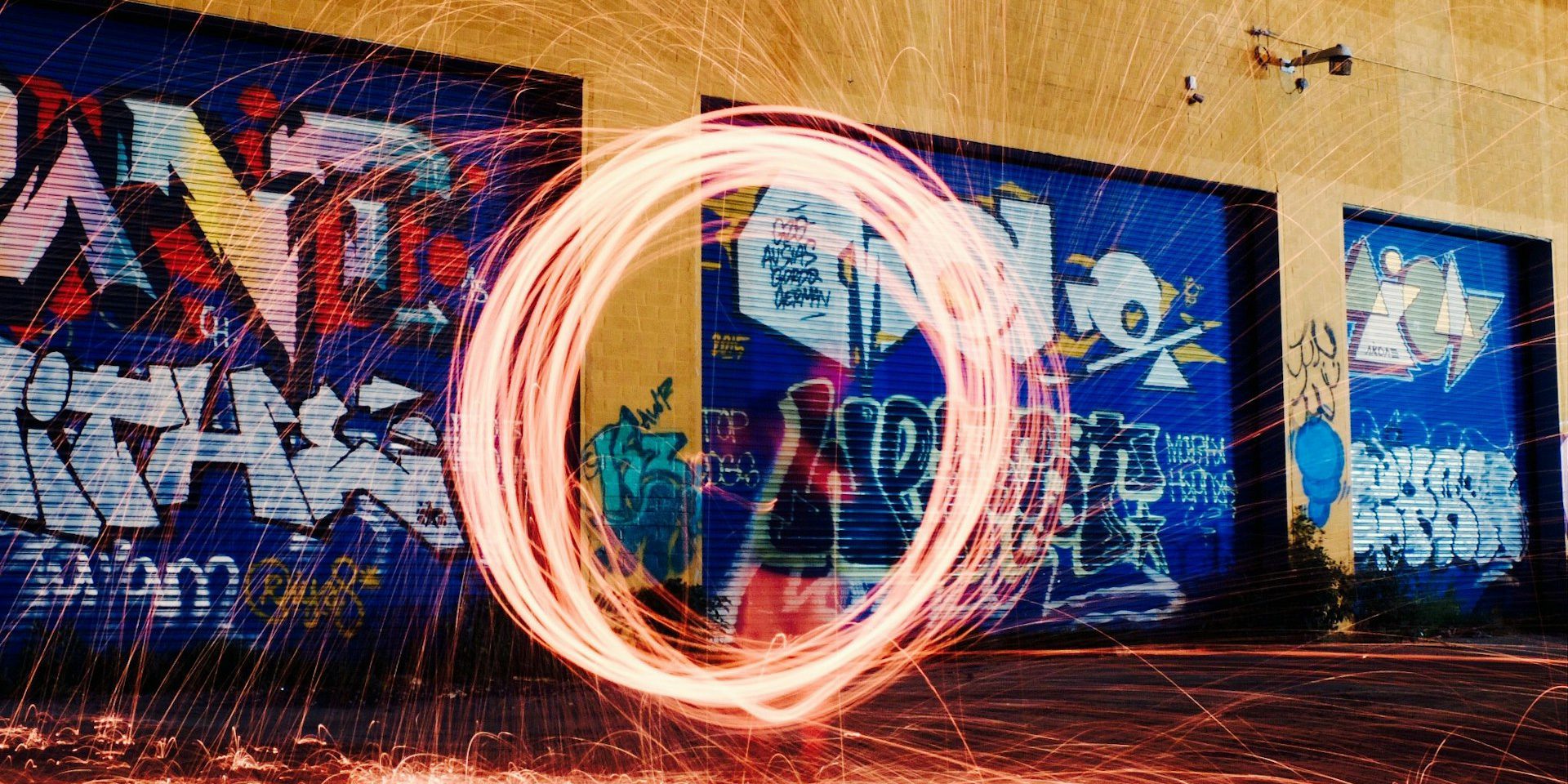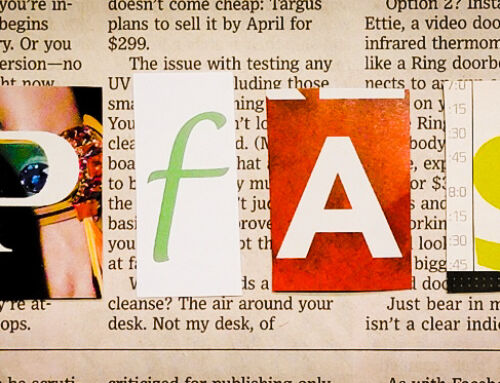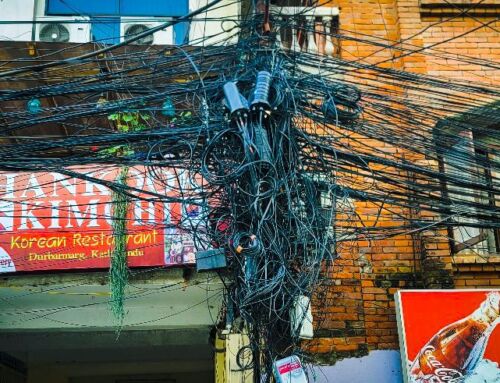View by Topic
Recent Articles
-
New Environmental Laws from the 2024 Maryland Legislative SessionSaturday, April 27th, 2024
-
EPA Designates PFOA and PFOS as Hazardous Substances under Superfund LawSaturday, April 20th, 2024
-
Federal Government Finalizes New Efficiency Standards for LightbulbsSaturday, April 13th, 2024
-
2024 IECC is Final After Addressing Preemption IssuesSaturday, April 6th, 2024
-
Settlement Portends Broad Failure in Attempts to Ban Natural GasSaturday, March 30th, 2024
View by Month/Year
“Green Building Law Update” Headlines
Recent Articles & News from
Stuart Kaplow’s blog
at GreenBuildingLawUpdate.com
- EPA Takes Action: PFOA and PFOS Now Hazardous Substances Under Superfund Law April 21, 2024
- Shedding Light on the Future: The Evolution of Lightbulbs in the Wake of New Energy Efficiency Standards April 14, 2024
- 2024 International Energy Conservation Code is Final After Addressing Preemption April 7, 2024
- Settlement Portends Broad Failure in Attempts to Ban Natural Gas March 31, 2024
Subscribe to the Green Building Law Update!
Stuart Kaplow brings his expertise and extensive experience to the table with his unique digital publication, "Green Building Law Update". Subscribers receive regular updates to keep them informed about important issues surrounding Environmental Law, Green Building & Real Estate Law, as well as the emerging demand for Environmental Social Governance (ESG).
Get fresh content through the lense of Stuart Kaplow's cutting-edge expertise, innovative commentary and insider perspective. Don't miss another issue! Subscribe below.

National Definition for a Zero Emissions Building
You can provide feedback on the draft national definition for a Zero Emissions Building.
The White House Office of Domestic Climate Policy, through the U.S. Department of Energy, is seeking “to create a standardized, verifiable basis for defining a zero emissions building.” A broadly accepted common minimum definition for a zero greenhouse gas emissions building, as well as a pathway for verification, is foundational in efforts by public and private entities to transition the building sector to net zero emissions.
We blogged about the importance of this step in greenhouse gas emission measurement and reduction when an earlier version was first announced last September, White House to Define Zero Emission Building.
Be aware there have been substantive changes from what was first publicly discussed to what now is proposed, including the initial text discussed was, “The building obtains at least 30% of the total energy it consumes (on a site basis) from renewable sources” .. and now this draft circulated for feedback says, “All the building’s energy is from carbon-free sources (which can include onsite generation and off-site sources).” Accordingly, the vast majority of buildings would not be able to satisfy this definition.
There are private sector pledges by building owners and mandates from governments that buildings be net zero by 2040 and the like, but there is little, if any guidance, as to what that net zero building is. This definition could respond to that query and drive a transition in the real estate market, but not if it is only aspirational.
DOE has developed part 1 of a draft definition for zero emissions buildings, applicable to existing buildings and new construction.
It should not be lost on anyone that the Federal government does not have the statutory authority to enact a binding nationwide Zero Emissions Building standard and the divided Congress will all but certainly not grant it to the EPA. This definition is also not intended for federally owned buildings, which are governed as a portfolio through statutory and executive guidance. But Zero Emissions Building is the fulcrum of reducing greenhouse gas emissions across the country and the planet.
The minimum criteria included in this standard to define a zero operating emissions building is a building that is:
- Highly energy efficient,
- Free of on-site emissions from energy use, and
- Powered solely from clean energy.
The full draft definition with its supporting criteria is outlined in “National Definition of a Zero Emissions Building: Part 1 Operating Emissions (Version 1.00), Draft Criteria.”
And this draft will not be without controversy when it includes that, “Direct or Scope 1 greenhouse gas (GHG) emissions from energy use must equal zero, meaning that no fossil fuels may be combusted onsite.” The only exception is for backup generators when grid power is unavailable.
DOE released a request for information (RFI) to solicit comments, data, information, and other feedback from industry, academia, research laboratories, government agencies, and other stakeholders on the draft national definition for a Zero Emissions Building.
This is not intended to be the end. Reducing the whole life cycle emissions of a building also requires minimizing the embodied carbon of the building, as well as minimizing the impacts of refrigerants. Such emissions are not within the scope of this Part 1 and may be considered in subsequent parts to this definition.
If you cannot wait for the White House’s final Zero Emissions Building definition, clues can be found at ENERGY STAR NextGen Certification for Commercial Buildings (.. some have suggested this may actually be a better zero emission building standard). Or if you are inpatient the draft LEED Zero Carbon is actually a zero carbon building emissions standard. And we would be happy to speak with you as we continue to advise and counsel building owners and other businesses in a long-term future that is inclusive, net zero and nature-positive.
Be assured a defined term is a good thing, although this draft needs some tweaking. With the fast evolving dynamic between science and law, today zero emission is ill defined, unregulated, and complex. Businesses making a net zero type claim like, “we will be a zero emissions building by 2040” risk a greenwashing charge that they are misleading consumers.
White House National Climate Adviser Ali Zaidi has made clear this will present “massive moonshot opportunities” in green building making the case that climate action is not about sacrifice but rather about building a healthy economy with new opportunities for everyone.
We recommend you provide feedback so that you and your business can make the most of the opportunity from a final Zero Emissions Building definition. DOE will accept comments on this request for information until 5 pm ET on February 5, 2024.









